Valley of the Queens things to do, attractions, restaurants, events info and trip planning

Basic Info
Valley of the Queens
PHHV+368, Luxor, Luxor Governorate 1340410, Egypt
4.6(1.1K)
Open 24 hours
Save
spot
spot
Ratings & Description
Info
The Valley of the Queens is a site in Egypt, where the wives of pharaohs were buried in ancient times. It was known then as Ta-Set-Neferu, meaning "the place of beauty". It was most famous for being the burial site of many wives of pharaohs. Pharaohs themselves were buried in the Valley of the Kings.
Cultural
N/a
attractions: QV66 Tomb of Nefertari, QV52 Tomb of Queen Tyti, QV55 Tomb of Amenkopshef, QV44 Tomb Of Prince Kha em wast, Deir el-Medina, TT1 - Tomb of Sennedjem, Tomb Of Inherkha, TT3 - Tomb of Pashedu, Temple of Deir el-Medina, restaurants:
 Learn more insights from Wanderboat AI.
Learn more insights from Wanderboat AI.Plan your stay

Pet-friendly Hotels in Al Baairat Village
Find a cozy hotel nearby and make it a full experience.

Affordable Hotels in Al Baairat Village
Find a cozy hotel nearby and make it a full experience.

The Coolest Hotels You Haven't Heard Of (Yet)
Find a cozy hotel nearby and make it a full experience.

Trending Stays Worth the Hype in Al Baairat Village
Find a cozy hotel nearby and make it a full experience.
Reviews
Nearby attractions of Valley of the Queens
QV66 Tomb of Nefertari
QV52 Tomb of Queen Tyti
QV55 Tomb of Amenkopshef
QV44 Tomb Of Prince Kha em wast
Deir el-Medina
TT1 - Tomb of Sennedjem
Tomb Of Inherkha
TT3 - Tomb of Pashedu
Temple of Deir el-Medina
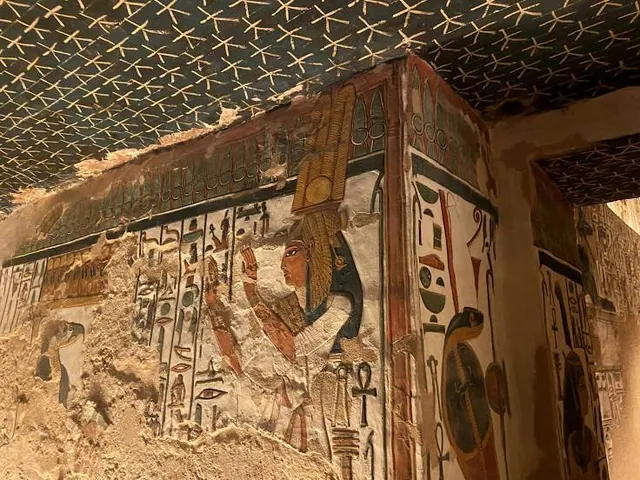
QV66 Tomb of Nefertari
4.7
(260)
Open 24 hours
Click for details
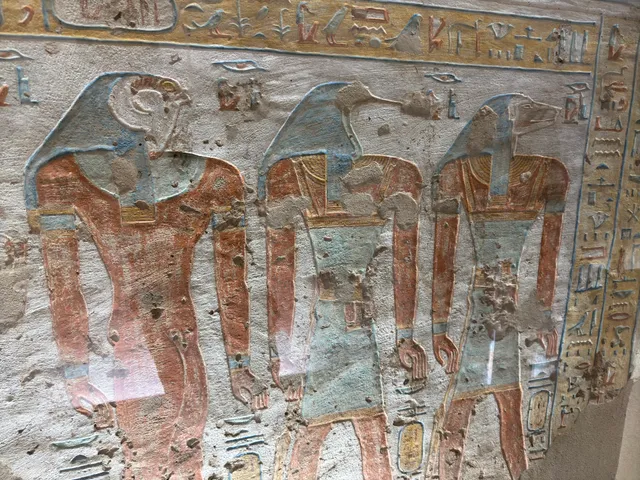
QV52 Tomb of Queen Tyti
4.8
(16)
Open 24 hours
Click for details

QV55 Tomb of Amenkopshef
4.8
(21)
Open 24 hours
Click for details
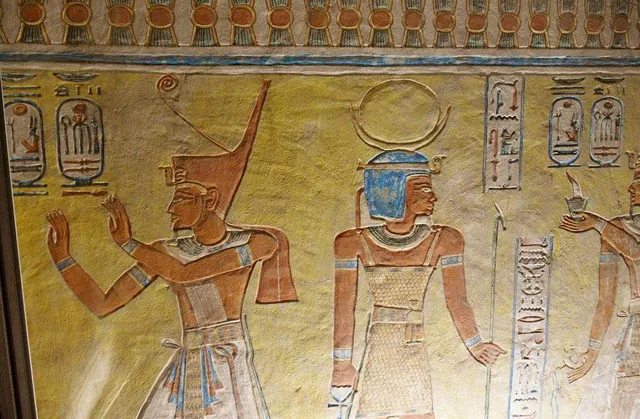
QV44 Tomb Of Prince Kha em wast
4.6
(15)
Open 24 hours
Click for details
Things to do nearby
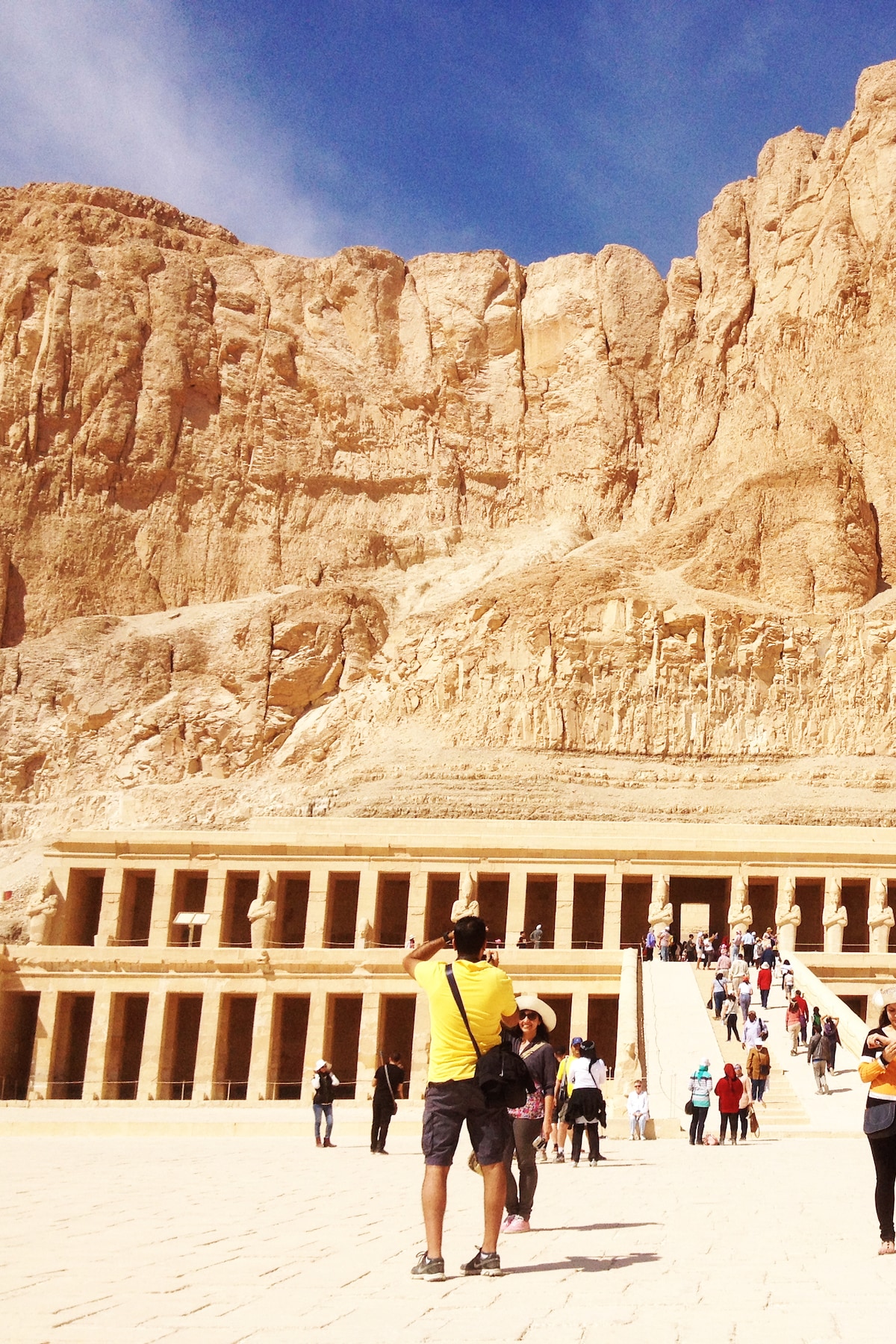
Explore Luxors highlights
Sat, Dec 20 • 7:00 AM
Luxor, Luxor Governorate, 11432, Egypt
View details
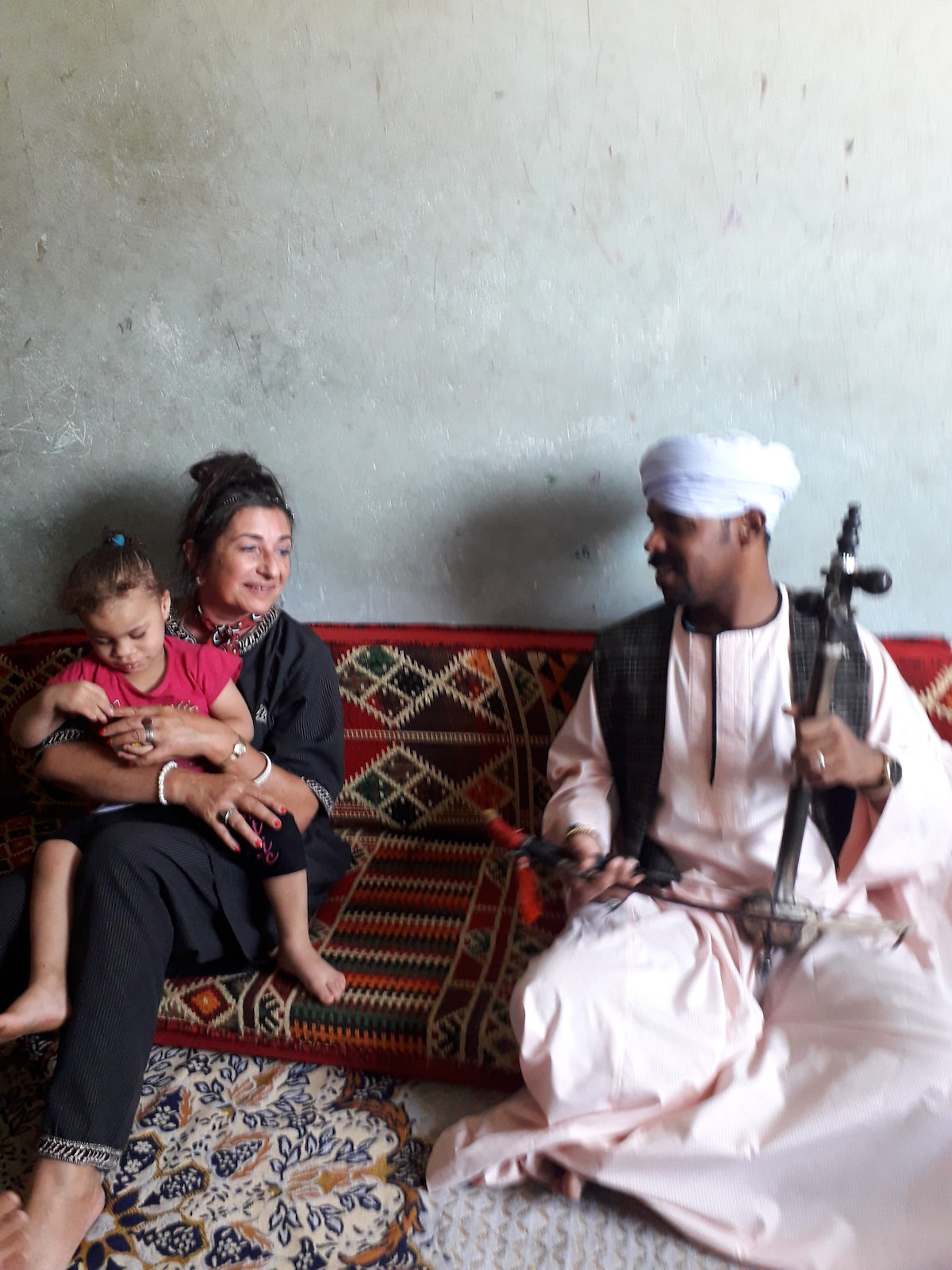
Traditional Songs and Music of Upper Egypt
Sat, Dec 20 • 7:00 PM
Luxor City, Luxor Governorate, 85951, Egypt
View details
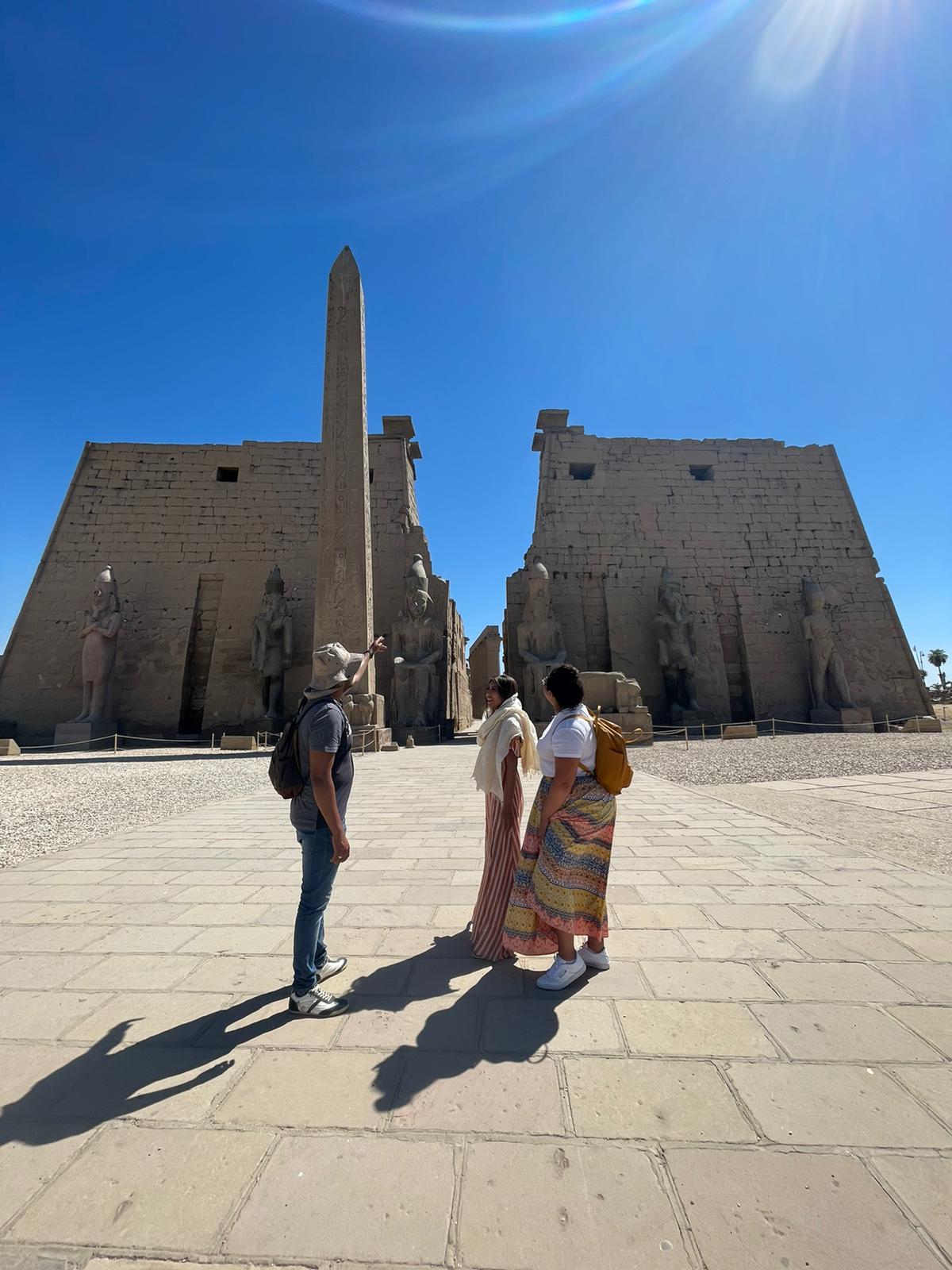
Tour Luxor’s ancient wonders in one full day
Sat, Dec 20 • 7:00 AM
Al Bairat, Luxor Governorate, 91335, Egypt
View details







